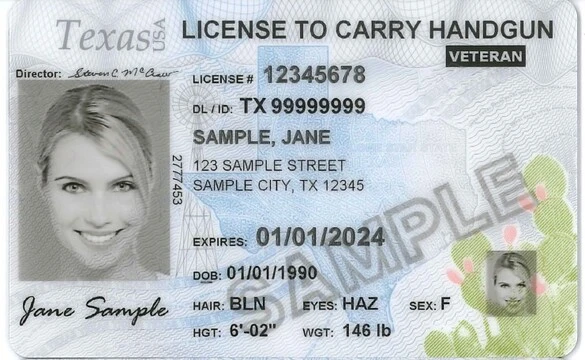The shoulder holster has a long-standing presence in the realm of firearm accessories, often seen in movies and TV shows. They offer a unique method of carrying a handgun that can be practical in certain situations. This document synthesizes information from various sources to provide a comprehensive overview of shoulder holsters, examining their practicality, advantages, disadvantages, and answering common questions.
What is a Shoulder Holster?
A shoulder holster is a type of gun holster that is worn over the shoulders, with the firearm typically positioned under the arm. This setup allows for the distribution of the weight of the firearm across the shoulders and upper back, making it a preferred choice for carrying larger handguns or for users who need to carry for extended periods.

Practicality of a Shoulder Holster
Shoulder holsters can be practical, depending on the user's needs and environment. They were originally designed for law enforcement officers, particularly those spending long hours seated or driving. In such scenarios, a shoulder holster allows for easy access to the firearm while seated, which can be challenging with hip or ankle holsters.
When are Shoulder Holsters Practical?
- Long periods of sitting (e.g., driving)
- Carrying heavier or larger firearms
- Situations requiring easy access to the firearm while wearing a seatbelt
When is a Shoulder Holster Less Practical?
- Warm climates where lighter clothing is preferred
- Situations requiring rapid and discreet access to the firearm
- Environments where concealment is critical and clothing restrictions apply
Advantages of Shoulder Holsters
- Comfort for Heavier Firearms: Shoulder holsters distribute the weight of the gun and any additional ammunition across the shoulders, which can be more comfortable than hip holsters for heavier firearms.
- Accessibility While Seated: Ideal for scenarios where the user is seated for extended periods, such as driving.
- Integrated Ammunition Storage: Many shoulder holsters come with space for spare magazines, making it convenient to carry extra ammunition.
- Enhanced Concealment Options in Cold Weather: Easier to conceal under a jacket or coat, making it suitable for colder climates.
Disadvantages of a Shoulder Holster
- Difficulty in Concealment: More challenging to conceal in warm weather or with light clothing.
- Slower Draw Speed: Typically slower to draw from compared to hip holsters.
- Safety Concerns: Increased risk of sweeping the muzzle across the body or others during the draw.
- Limited Situational Use: Not ideal for all environments and can be cumbersome in certain scenarios.
Legal Considerations
Shoulder holsters are subject to legal restrictions in some regions. For example, in California, the legality of carrying a firearm in a shoulder holster may vary based on local laws and regulations. It is essential to check the specific legal requirements in your area before choosing a shoulder holster for concealed or open carry.
User Preferences and Specific Use Cases
User experiences with shoulder holsters vary widely. Some users find them to be the only comfortable option for everyday carry, while others use them for specific activities like long bike trips or seated tasks. Despite the potential drawbacks, the comfort and accessibility offered by shoulder holsters can make them a preferred choice for certain individuals.
Specific User Experiences
- Long Bike Trips: Users on long bike trips may prefer shoulder holsters for the stability and comfort they provide, preventing the firearm from shifting or causing discomfort.
- Everyday Carry: Some users carry in a shoulder holster every day, appreciating the comfort and accessibility, especially for larger handguns.
Recommendations for Using Shoulder Holsters
- Training: Regular practice is essential to ensure safe and efficient drawing from a shoulder holster.
- Quality: Invest in a high-quality holster made from durable materials like leather or kydex.
- Fit: Ensure the holster fits well and is adjusted correctly to your body.
- Appropriate Use: Use shoulder holsters in scenarios where their advantages can be fully utilized, such as driving or carrying heavier firearms.
Conclusion
Shoulder holsters can be a practical and comfortable option for carrying firearms in specific situations. They offer distinct advantages, particularly for those who spend a lot of time seated or carry larger handguns. However, they also come with drawbacks that may limit their utility in some scenarios. Proper training, a good fit, and understanding their best use cases can help maximize the benefits of shoulder holsters.



